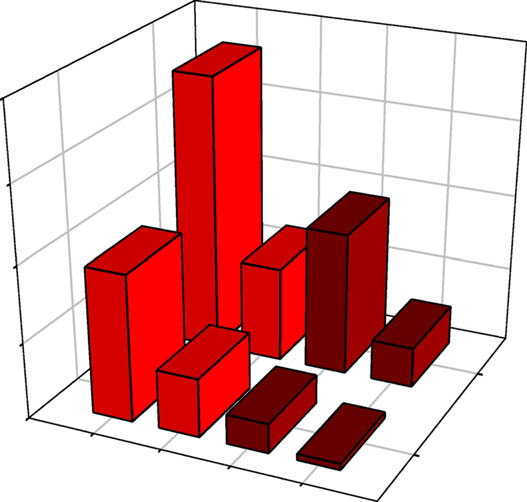Votre parcours en fiv et en icsi chez nous
LIVRET FIV VERSION DECEMBRE 2013 CENTRE D'AMP DE LA POLYCLINIQUE DU BOIS 59000 LILLE SOMMAIRE La fécondation naturelle La fécondation in vitro Le déroulement de la tentative Les étapes du laboratoire Le transfert Les risques et complications

